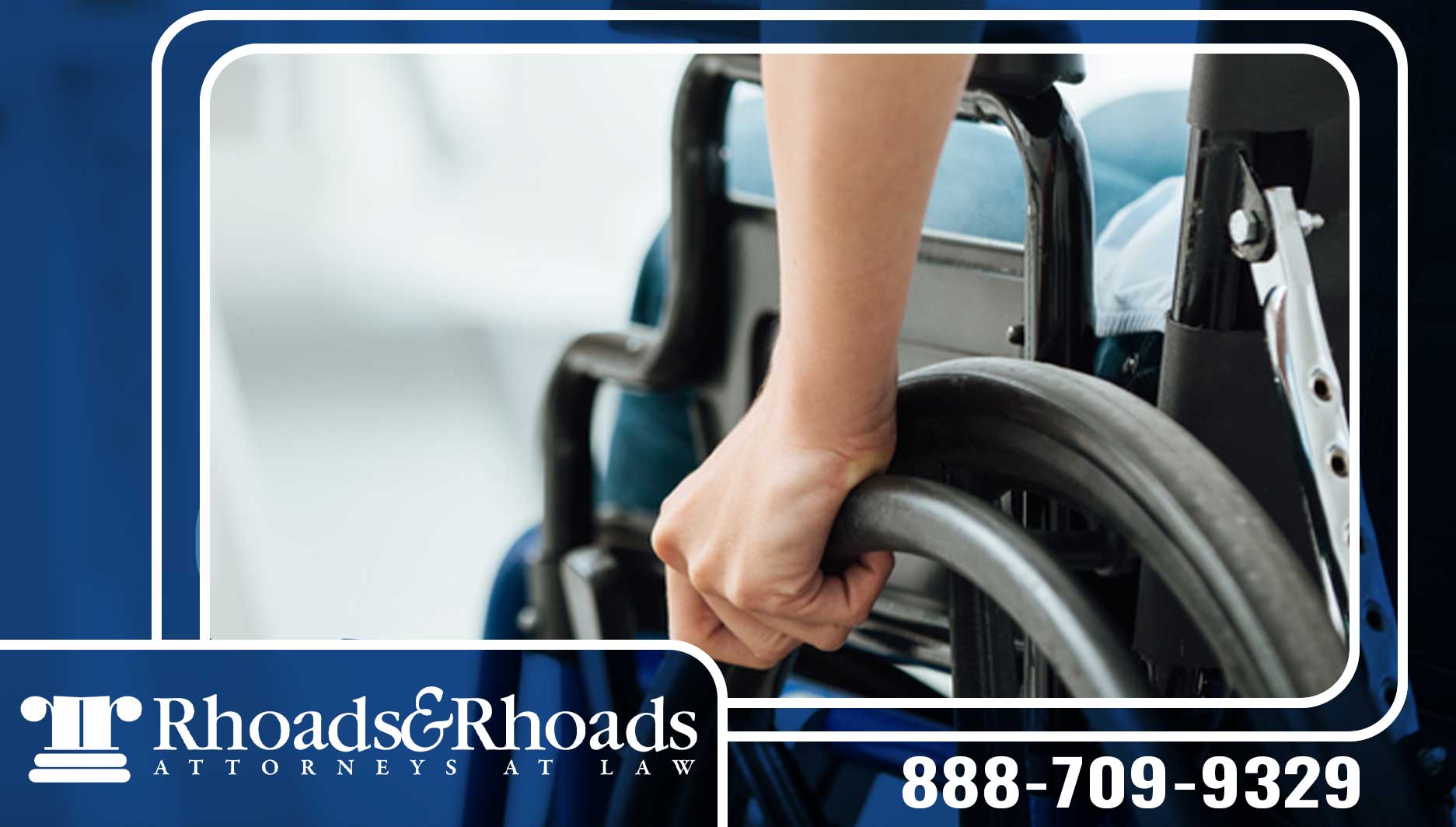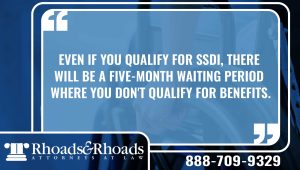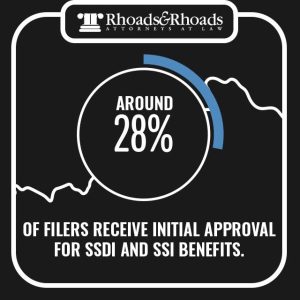
If you’re struggling to make ends meet due to a long-term disability, you may be eligible to receive Social Security Disability Insurance (SSDI) or Supplemental Security Income (SSI). In order to receive money from SSDI, you’ll need to have made payments to the Social Security system through your place of employment which are routine taxes withheld from your paycheck to pay into the Social Security System, but SSI benefits don’t have the same workplace requirements. Instead, you may qualify for these benefits if you’re over 65, partially or totally blind, or have a medical condition keeping you from working regardless of your work history. Depending on your financial circumstances and work history, you may be eligible for both SSDI and SSI benefits.
It’s critical to get the most financial support possible from these federal programs, and you may qualify to receive more financial aid through back pay, meaning payments intended to compensate you for the period between your date of disability onset and your application approval.
How Does Disability Back Pay Work?
Getting approval for SSDI or SSI benefits can take a great deal of time, and you may be able to recover back pay depending on your established onset date (EOD). EOD refers to the date on which you were first legally disabled in accordance with the Social Security Administration (SSA)’s technical qualifications. The SSA’s Code of Federal Regulations section § 404.1505 states that a disability is:
“The inability to do any substantial gainful activity by reason of any medically determinable physical or mental impairment which can be expected to result in death or which has lasted or can be expected to last for a continuous period of not less than 12 months. To meet this definition, you must have a severe impairment(s) that makes you unable to do your past relevant work or any other substantial gainful work that exists in the national economy.”
Your EOD is the date when you first met the SSA’s disability requirements, and this determines whether you’ll qualify for back pay. For example, if you suffered from an amputation in August 2022, you may be able to receive SSDI back pay even if you weren’t approved for disability benefits until April 2023.
One important note is that you will NOT receive compensation during the SSA’s mandatory waiting period. Even if you qualify for SSDI, there will be a five-month waiting period where you don’t qualify for benefits. Your five-month waiting period will begin from your established onset date and then back benefits will become eligible.
How Far Back Does Disability Pay?
There is not a maximum amount of back pay you can receive from the SSA. However, you can be eligible to draw back benefits one year prior to your date of filing if your disability or EOD extends back that far or can be proven that far back.. Let’s say you sustained a disabling injury in 2021 but didn’t apply for SSDI until 2023. You won’t be able to recover all of your back pay — but you will be able to claim SSDI back benefits up to one year prior to the date you filed your claim.
How Much Back Pay Does SSDI Pay?
As we mentioned in the previous section, your SSDI back pay will depend on your established onset date (EOD), and SSA will need to approve the EOD that you list on your application.
Some ways you can prove your EOD include:
- A personal statement claiming your EOD.
- A Work Activity Report indicating when you stopped working.
- Medical records indicating when your disability began hindering your ability to work.
If the SSA accepts your EOD, you’ll receive back pay between the time of your onset date and the date on which you begin receiving SSDI benefits, but you won’t be compensated for the five-month waiting period.

Let’s say that your approved EOD was June 1st and you applied for SSDI benefits on September 1st. The three months between your EOD and the beginning of your application process count toward your five-month waiting period. Now, let’s say that you don’t begin receiving SSDI benefits until March of the following year. It took nine months from your EOD to begin receiving payments, but you’ll only be eligible for four months of back pay. Your five-month waiting period was from June to November, and you’ll receive the backpay for December, January, February, and March. After winning your case, the SSA will send this back pay compensation in a lump sum.
Another important note when it comes to recovering SSDI back pay is that the SSA only counts full months. For example, if your approved EOD was on February 5th, February will not count toward your five-month waiting period. The five months will begin on March 1st and will not conclude until August 1st, five months after the first full month of your disability.
How Is SSI Back Pay Calculated?
Unfortunately, the Social Security Administration does not offer retroactive payments for Supplemental Security Income, but you can recover back pay compensating you for the time it took to receive approval from the date you filed your SSI claim.
For example, if you apply for SSI benefits in June and don’t receive approval until December, you can receive six months back pay, and, unlike SSDI, there’s no five-month waiting period.
If you qualify for both SSDI and SSI, your SSDI benefits will directly impact your SSI. The SSA calculates your SSI benefits based on your income, meaning that the more you make, the less SSI you can receive. The SSA considers SSDI benefits and back pay as income, so receiving these benefits will lessen your total SSI.
Contact a Western Kentucky Disability Attorney

Receiving SSDI and SSI benefits is often a challenging process, and the Social Security Administration may reject your applications for any number of reasons. Only around 28% of filers receive initial approval for SSDI and SSI benefits. If you’re rejected, you’ll need to file an appeal, a time-consuming and complex process.
Fortunately, you can contact experienced disability attorneys who can assist you through the application and appeals processes. For expert disability lawyers in Western Kentucky, contact Rhoads & Rhoads Attorneys at Law. We’ll work to get you the most Social Security benefits possible, and our fees are entirely contingency-based, meaning you won’t need to worry about paying us until you receive the money you deserve!
Call us today to schedule a FREE case evaluation at 888-709-9329, or you can contact us online here.


